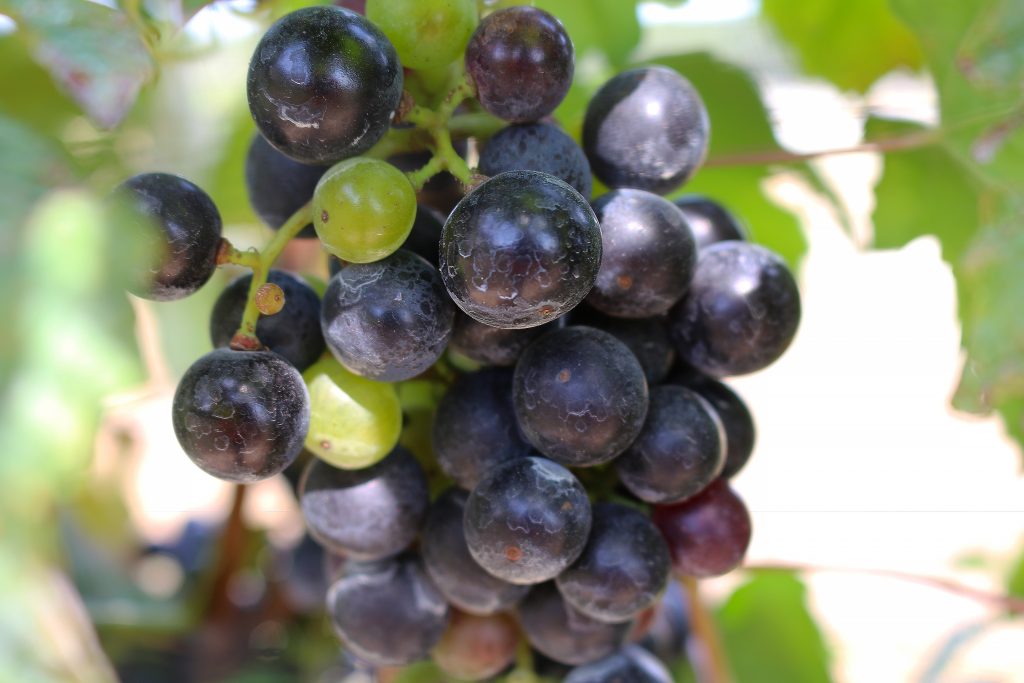
Pierce’s Disease is wreaking havoc in grape vineyards in the Southeast. It is such a problem that University of Georgia Cooperative Extension plant pathologist Phil Brannen is concerned about the sustainability of some farming operations, especially as winter temperatures continue to get warmer.
“Once you get above 2,000 feet in elevation, I have only rarely seen a single plant come down with this (disease) and that’s still the case. But the areas that are around 1,700 feet in elevation where we used to not see that much of it, when we have two or three warm winters in a row, we really start to see a lot of it. Some of those vineyards, they’re losing 400 to 500 vines a year. That’s not sustainable,” Brannen said. “A lot of vineyards right now that are in north Georgia, they’re suffering a lot of loss from Pierce’s Disease now. If the temperatures get continuously warmer in the wintertime, I don’t know where we’re going to grow this grape.”
What is Pierce’s Disease?
Pierce’s Disease is caused by a bacterium that is transmitted by numerous sharpshooter insects, such as the glassy-winged sharpshooters. The bacterium clogs the grape xylem and cuts off nutrient and water flow to the vines. Once infected with Pierce’s disease, vines will die within one to two years.
“You’ve got the xylem that carries that water and nutrients and if it’s clogged a little bit, you may get by if you have plenty of moisture, but if you get less and less of it, then the water will collapse in that vessel and then you don’t get any,” Brannen said. “When it’s real dry conditions, that is when the symptoms really start to show up. It’s a scorch around the leaf is what you’ll initially see. The berries actually dry up. They form raisins on the vine. You’ll see all of that occurring when it gets really dry in late summer.”
Brannen said right now is when grape producers will start seeing Pierce’s Disease symptoms.
Most Effective Management Tactic
He said the best management tactic that growers potentially have is with disease resistant plants, bred by scientists at UC Davis and are being researched at a couple of sites in Georgia and in Alabama.
According to Elina Coneva, an Extension specialist in the Horticulture Department at Auburn University, three red wine grape selections were planted at the Chilton Research and Extension Center (CREC) in Clanton in 2010 and are showing promising results. One white wine selection was planted in 2017. So far, the research team has not lost one plant to Pierce’s Disease.
The only other option is try to apply a soil-based Imidacloprid insecticide in the spring to kill the sharpshooter insects.
“If it goes into the root system and gets into the soil, it will last a long time in the plant. That will kill the sharpshooters and that cuts back on transmission a lot,” Brannen said.









